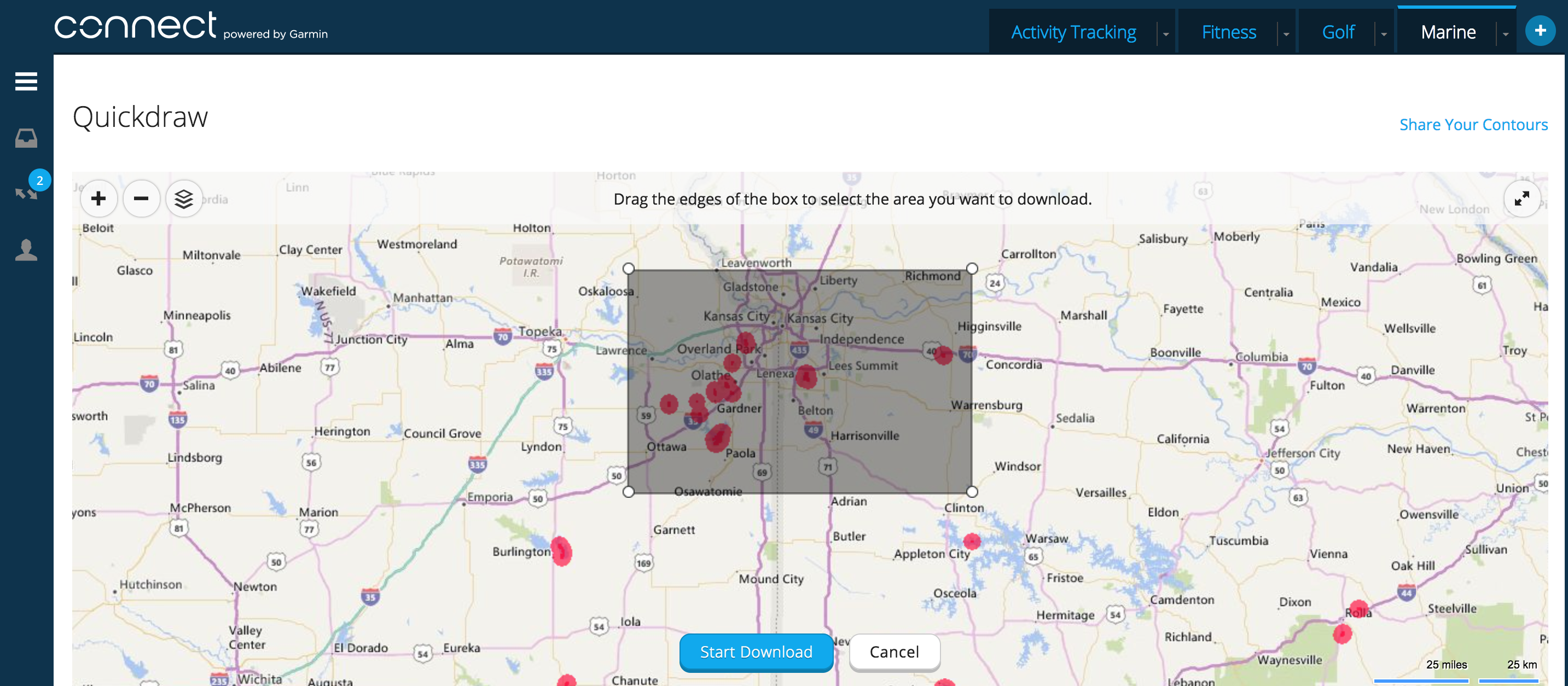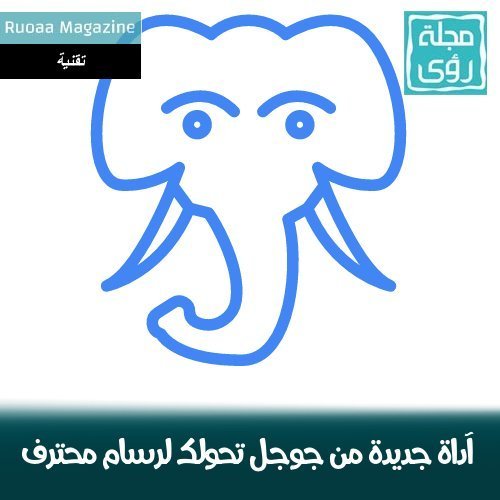

Why is this? For winter contracts, France is always at a premium to Germany because of the massive increase in power demand due to electrical heating in the hexagon (2500MW/☌). Today, a look at France German price spread for winter 2023 contractsĪfter more than a year of madness, markets are returning to "normal" with concerns of gas shortage easing, leading Germany Clean Spark Spread (CSS) to return to standard levels.īut France remains at a very high premium and does not want to go back to "cruising" mode.

#datastorytelling #datavisualization #datascience

These can be charts, graphs, diagrams, pictures, or videos.Ĭlick "Follow" for more Tech Innovations and Insights Steve Nouri Visualizations: Visual representations of your data and narrative can be useful for communicating its story clearly and memorably. Narrative: A verbal or written narrative, also called a storyline, is used to communicate insights gleaned from data, the context surrounding it, and actions you recommend and aim to inspire in your audience. Analyzing data using descriptive, diagnostic, predictive, and prescriptive analysis can enable you to understand its full picture. There are three key components to data storytelling:ĭata: Thorough analysis of accurate, complete data serves as the foundation of your data story. It can be used to put data insights into context for and inspire action from your audience. They can also view the artificial intelligence's comparisons of their work with other player-given drawings, before either quitting or replaying.Data storytelling is an art, it's the ability to effectively communicate insights from a dataset using narratives and visualizations. Īt the end of a Quick, Draw! game, the player is given their drawings and results for each round. A round ends either when the artificial intelligence successfully guesses the drawing or the player runs out of time.

During each round, the player is given 20 seconds to draw a random prompt selected from the game's database whilst the artificial intelligence attempts to guess the drawing, akin to a game of Pictionary. In a game of Quick, Draw!, there are six rounds. The concepts that it guesses can be simple, like 'foot', or more complicated, like 'animal migration'. The game is similar to Pictionary in that the player only has a limited time to draw (20 seconds). The AI learns from each drawing, improving its ability to guess correctly in the future. Quick, Draw! is an online game developed by Google that challenges players to draw a picture of an object or idea and then uses a neural network artificial intelligence to guess what the drawings represent. Jonas Jongejan, Henry Rowley, Takashi Kawashima, Jongmin Kim, Ruben Thomson, Nick Fox-Gieg


 0 kommentar(er)
0 kommentar(er)
